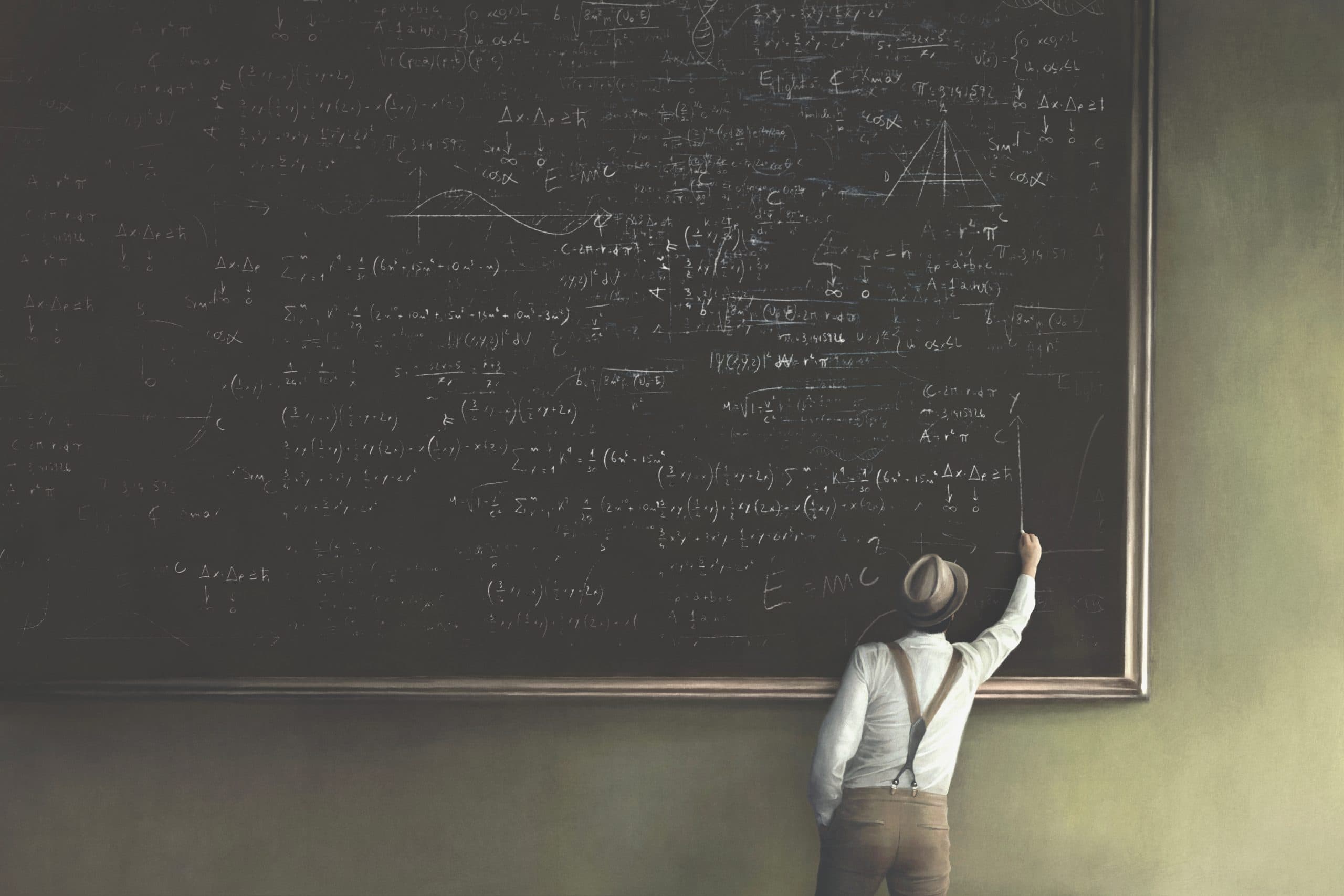
The Influence of Neurodivergent Historical Figures in History
The people who changed history weren’t the ones following the rules. They were the ones ignoring them completely. Some of the greatest minds in art, science, and invention wouldn’t have fit neatly into today’s boxes. They were what we’d now call neurodivergent.
Back then, ADHD, autism, and dyslexia weren’t understood, so they got brushed off as quirks or eccentricities. But let’s be honest, those so-called quirks didn’t hold them back. They made them. Their different way of thinking wasn’t a flaw, it was the thing that set them apart.
So let’s take a look at some of the most fascinating neurodivergent historical figures and how their unique brains shaped the world we live in today.
Unlock peak brain performance with science-backed biohacks. Join free now & get your guide for just £4.99 (45% off)!

Suspected Neurodivergent Historical Figures
Let’s hop into a time machine and meet a few game changers who probably wouldn’t have been fans of standardised testing.
Leonardo da Vinci
Leonardo da Vinci’s brain didn’t come with an off switch. His curiosity knew no bounds and his habit of starting projects without finishing them? Classic ADHD behaviour. His notebooks, full of mirror writing, suggest possible dyslexia. But instead of focusing on just one thing like a sensible person, he threw himself into everything from painting to engineering to anatomy.
Why It Matters: His distractibility wasn’t a flaw, it was a superpower. If he’d been forced to stick to a single discipline, we wouldn’t have the Mona Lisa or his forward-thinking designs for helicopters centuries before they existed.
Nikola Tesla
Possibly autism spectrum disorder
Tesla wasn’t just ahead of his time, he was operating in an entirely different dimension. His aversion to jewellery, extreme sensitivity to sounds, and love for solitude all align with autistic traits. He could visualise entire inventions in his mind before building them, which is the kind of skill that makes today’s engineers weep with envy.
Why It Matters: Tesla’s ability to hyperfocus on ideas led to world-changing innovations. While his quirks made him a bit of a loner, they also made him a genius.
Mozart
Possibly ADHD
Wolfgang Amadeus Mozart was a musical whirlwind, composing at lightning speed, jumping from one project to another, and reportedly never shutting up. His impulsivity and boundless energy scream ADHD.
Why It Matters: Instead of trying to suppress his hyperactivity, he turned it into some of the most breathtaking music the world has ever known. Over 600 compositions in a short lifetime? That’s ADHD winning.
Albert Einstein
Possibly dyslexia or autism
Einstein wasn’t exactly a model student. He struggled with language early on, which could indicate dyslexia, and he hyper-focused on physics with an intensity that suggests autism. His ability to visualise abstract concepts in ways no one else could? Classic neurodivergent brilliance.
Why It Matters: Einstein wasn’t successful despite his differences, he was successful because of them. His way of thinking shattered scientific norms and reshaped our understanding of the universe.
Neurodivergence as a Catalyst for Change
Neurodivergence isn’t a roadblock, it’s often the very thing that fuels innovation. Many of history’s greatest minds saw the world differently and, instead of trying to fix themselves, leaned into their strengths. Here’s how neurodivergent historical figures have left their mark in different fields.
Art and Literature
- Vincent van Gogh – Emotional intensity, unique use of colour, and obsessive focus. Traits often linked to bipolar disorder or autism. His work gave the world a window into a mind unlike any other.
- Emily Dickinson – Her deeply introspective poetry and reclusive nature suggest possible autism. Instead of socialising, she built an entire world within her words.
Science and Invention
- Thomas Edison – Constantly experimenting, never stopping, refusing to quit. Sounds a lot like ADHD. His relentless trial-and-error approach led to the light bulb and countless other inventions.
- Charles Darwin – Hyperfocused and socially withdrawn, Darwin’s meticulous observations led to the theory of evolution. Traits that today could align with autism likely helped him spot connections others missed.
Philosophy and Thought
- Socrates – His obsessive questioning of everything and relentless need to challenge norms suggest neurodivergence. His thinking changed philosophy forever.
- Sir Isaac Newton – Newton was so absorbed in his work that he’d forget to eat. If that’s not a hyperfocus-induced oops, I skipped lunch again moment, I don’t know what is.
Embracing Neurodivergence Today
We’re finally starting to recognise neurodivergent traits for what they are. Strengths, not flaws. If you’re neurodivergent or know someone who is, remember this. The world’s greatest minds weren’t successful because they fit in. They were successful because they didn’t.
So how do we actually support neurodivergent brilliance today?
- Encourage Exploration. Neurodivergent minds thrive when they can jump between interests, just like da Vinci did. Let them follow their curiosity instead of forcing them to pick one path.
- Promote Autonomy. People do their best work when they have control over their environment. Tesla lived in his own world, and that’s exactly where he did his best thinking.
- Provide Tools for Focus. Small adjustments make a huge difference. Some need structure, some need flexibility, and some just need everyone to stop talking so they can actually concentrate.
A Legacy of Neurodivergent Brilliance
Da Vinci wasn’t just curious, he was obsessed. Tesla didn’t just think differently, he saw entire inventions in his head before anyone else even had a clue. Neurodivergent minds haven’t just shaped history, they’ve rewritten it.
So the next time someone acts like ADHD, autism, or dyslexia is some kind of defect, remind them that some of the greatest minds in history were wired the same way. Their quirks weren’t a problem, they were the reason they changed the world.
It’s about time we stopped seeing neurodivergence as a flaw and started recognising it for what it really is, a powerhouse of creativity, innovation, and progress.
Join Our Community
Want more fascinating takes on neurodivergence, history, and biohacking? Join us. Whether you’re looking for insights, practical strategies, or just a space where your brain finally makes sense, you’re in the right place.






